WINTER FERMENTATION OF KOMBUCHA
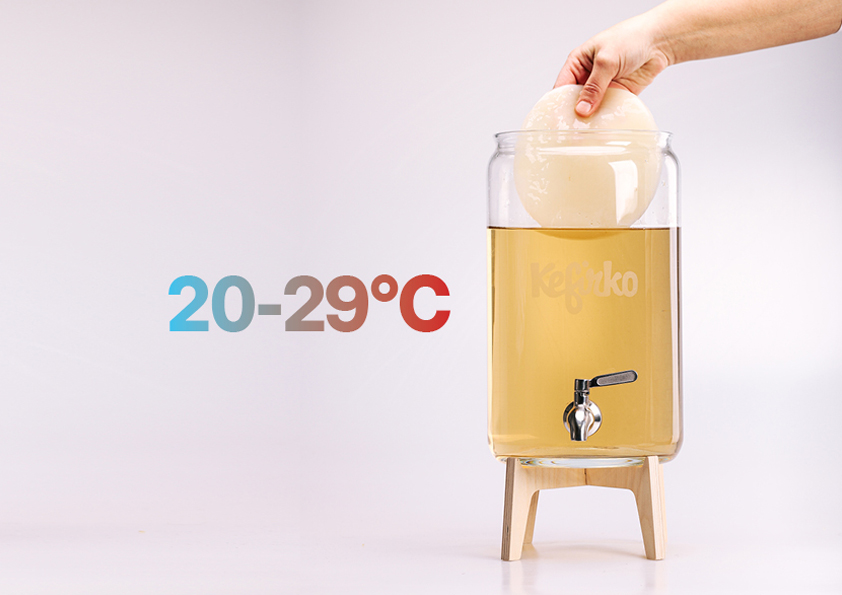
Fermenting kombucha in the winter can present some challenges because the lower temperatures can affect the fermentation process. How does this change our kombucha fermenting and what can we do about it?
Low temperatures in the environment can slow down the fermentation process. The ideal temperature range for kombucha fermentation is between 20-29°C. If the temperature is too low, the fermentation will be slow and the kombucha may not develop the desired flavor profile. If the temperature is too high, the kombucha may become too sour quickly or even spoil.
If the temperature is too low during kombucha fermentation, the following can occur:
Slower fermentation
Low temperatures will slow down the activity of the microorganisms, which means that the fermentation process will take longer than usual. This can result in a less sour and less carbonated kombucha.
Lack of flavor
SCOBY may not form
Reduced bacterial growth
Yeast Inactivity
Risk of mold
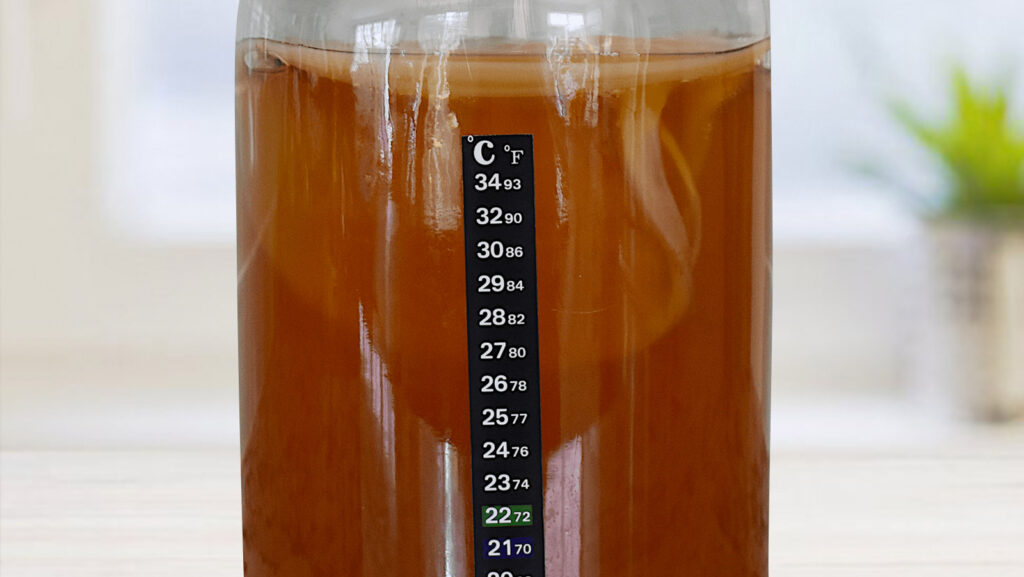
To prevent these problems with kombucha brewing, the following steps can be taken:
- Find a warm location: Look for a spot in your home that maintains a consistent temperature between 20-29°C. This can be near a radiator, on top of a refrigerator, or in a room that gets a lot of sunlight. It’s important the temperature does not drop too much during the night.
- Use a heating pad or fermentation heating wrap: These devices can be placed under the fermentation vessel to provide a consistent source of heat.
- Insulate the fermentation vessel: Use a thick blanket or towel to wrap the fermentation vessel and help retain heat.
- Monitor the temperature regularly: Use a thermometer to check the temperature of the kombucha regularly, and adjust the fermentation location if necessary. Stick on thermometers are excellent for this.
- Be patient: Remember that fermentation times may take longer in the winter, so be patient and taste your kombucha regularly to monitor its progress.
- Keep it clean: Keep your working area and equipment clean, as well as the fermentation vessel and the SCOBY itself. This will reduce the chance of mold development.
- Keep away from other ferments or dough: Kombucha is very sensitive to microorganisms from air. If you keep it near fruit, bread or dough, or other fermentation vessels, spores may come into the kombucha by air. This can also lead to spoilage when the exposure is longer like with winter kombucha fermentation.
Recommended products from this blog:
-
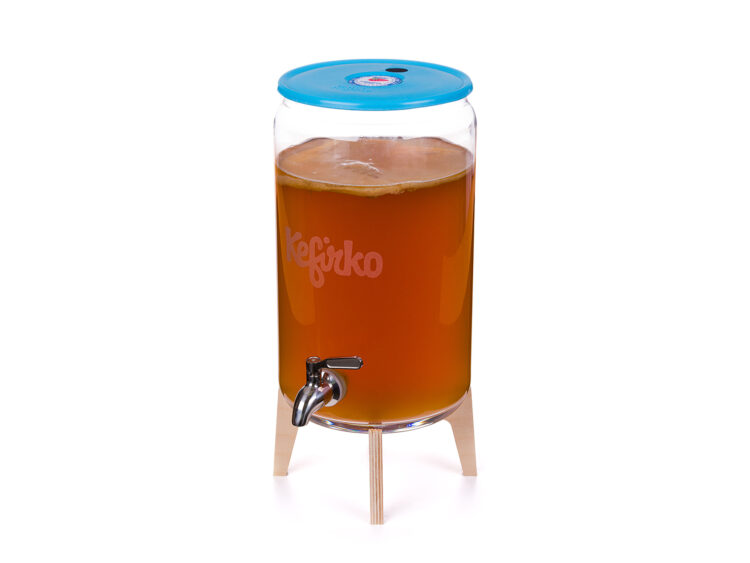
Kombucha Fermenter with Spigot&Wooden Stand
76.90 €Select options This product has multiple variants. The options may be chosen on the product page -
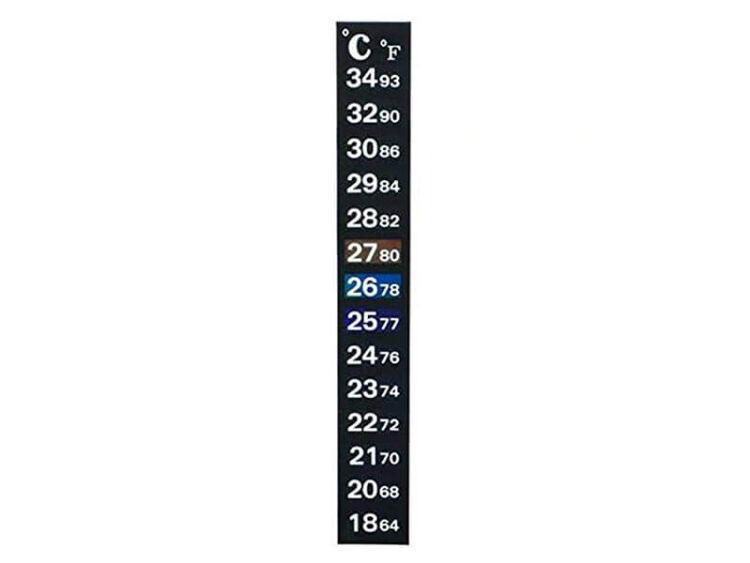
Stick On THERMOMETER STRIPS
2.20 € -
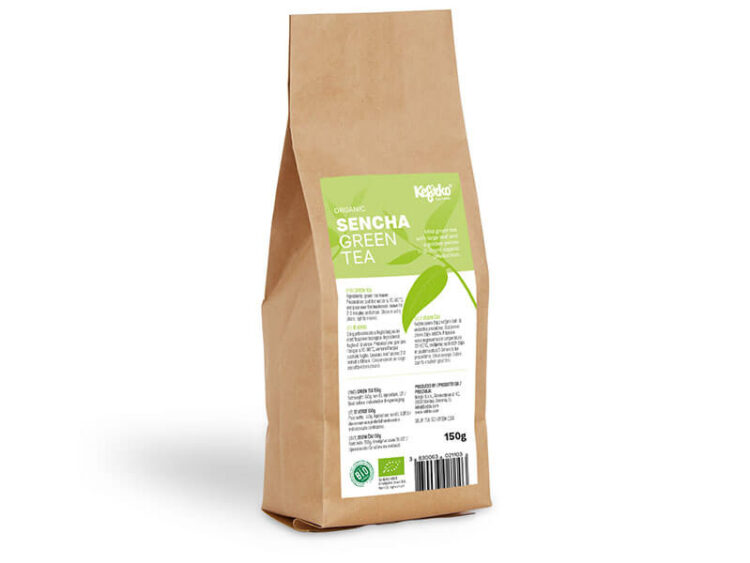
ORGANIC GREEN TEA – SENCHA (FIRST FLUSH), 150g
13.90 € -
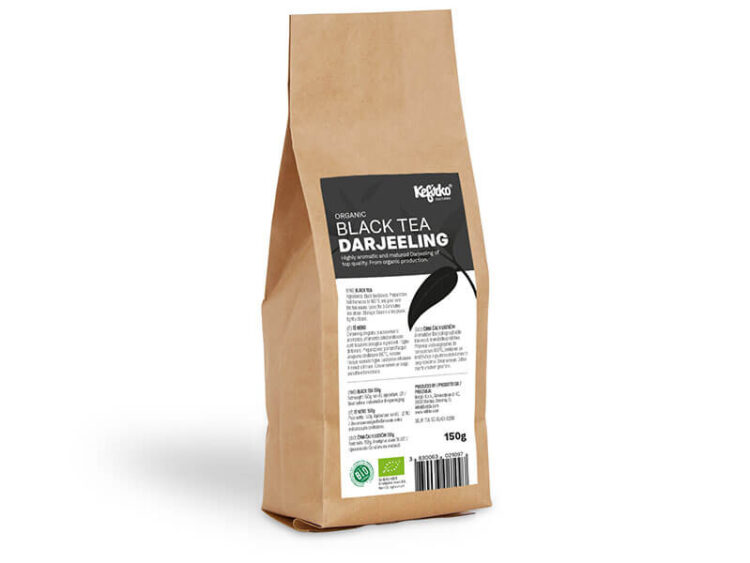
ORGANIC BLACK TEA – DARJEELING – CHAMONG (FIRST FLUSH), 150g
18.90 €


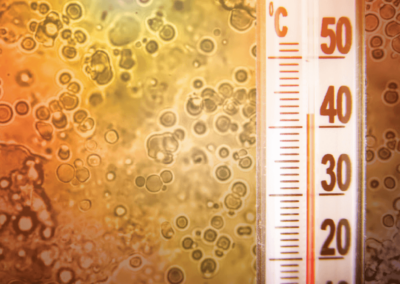
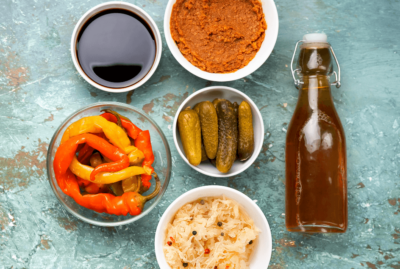

I imagine the same advice applies to Kefir.
Question:
We normally refrigerate our Kefir after a few days past the second ferment.
Is this a good practice?
I have noticed various changes to product such as reduced CO2 levels and sometimes a bit of a milky look.
Could this be as a result of refrigerating too soon?
Hi Patrick! The CO2 content decreases if the container in which kefir is stored is not closed tightly enough. As the fermentation continues in the refrigerator, it may happen that the kefir begins to separate and appear more runny. If you want a thicker kefir, you can shorten the secondary fermentation or omit it completely, as the kefir will continue to slowly ferment in the refrigerator.